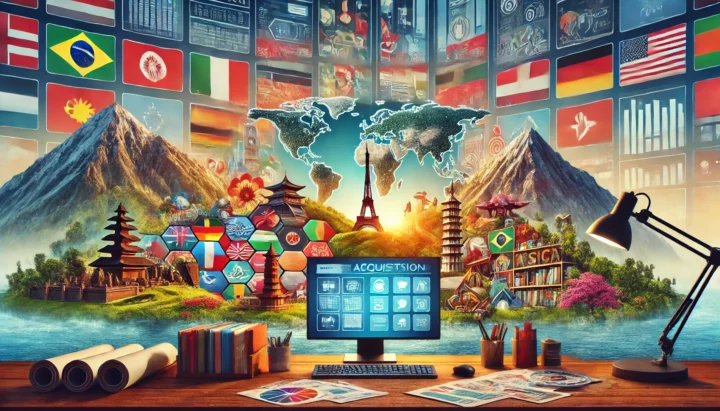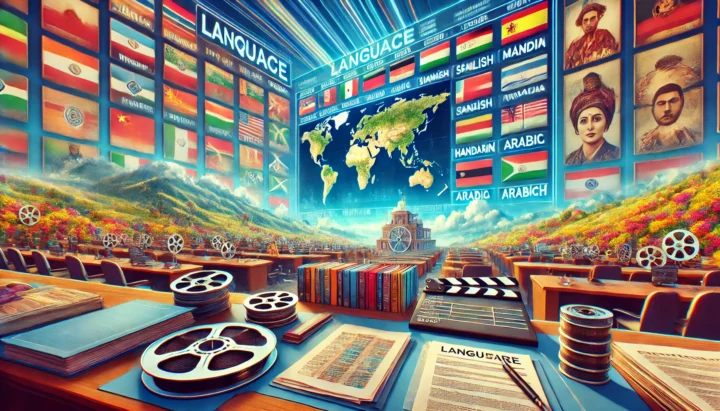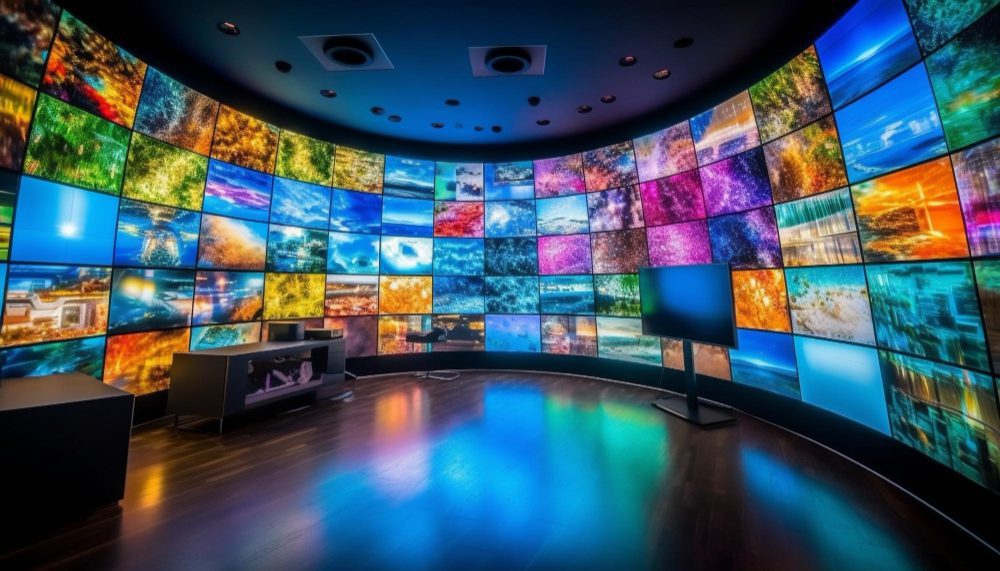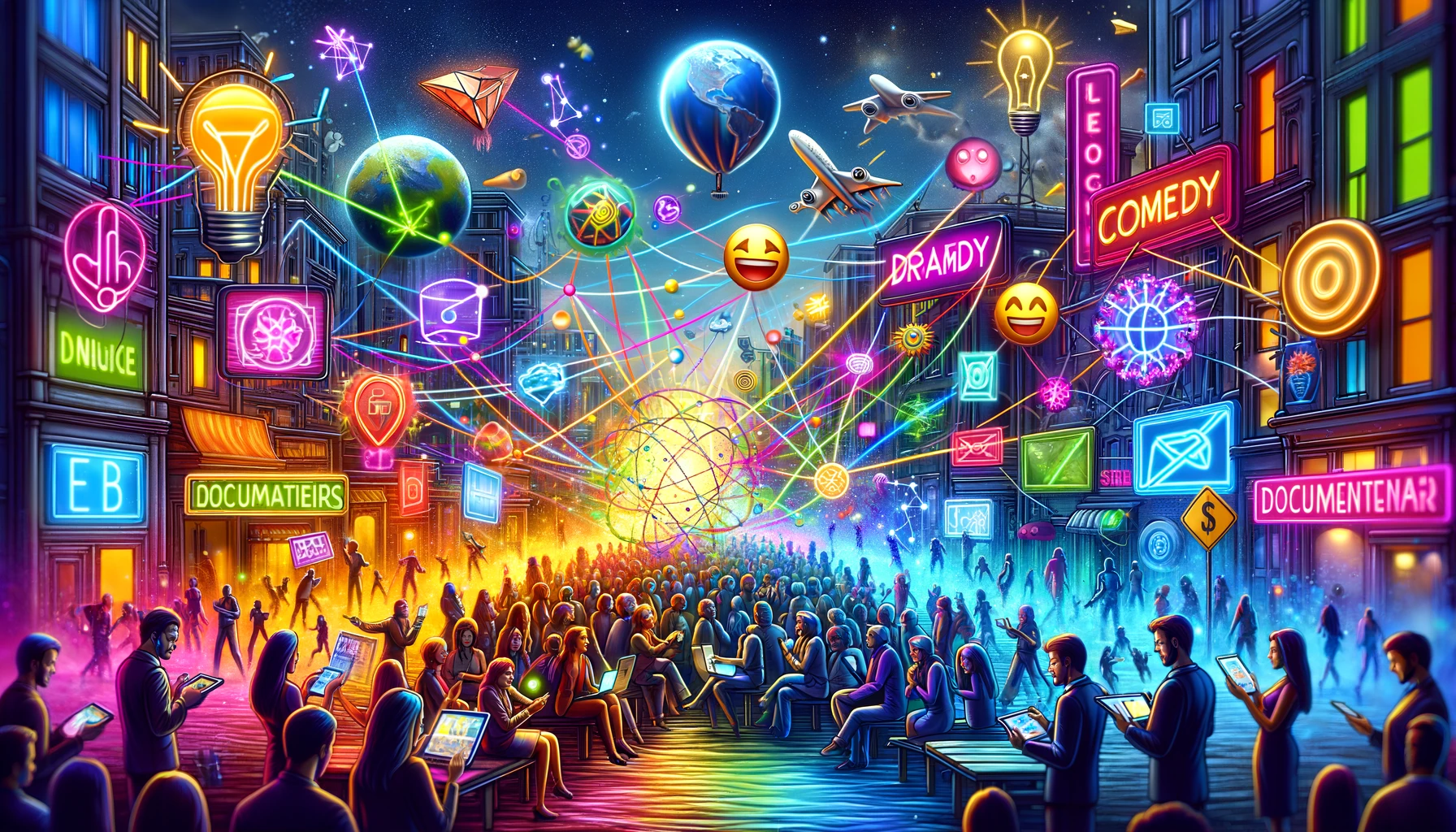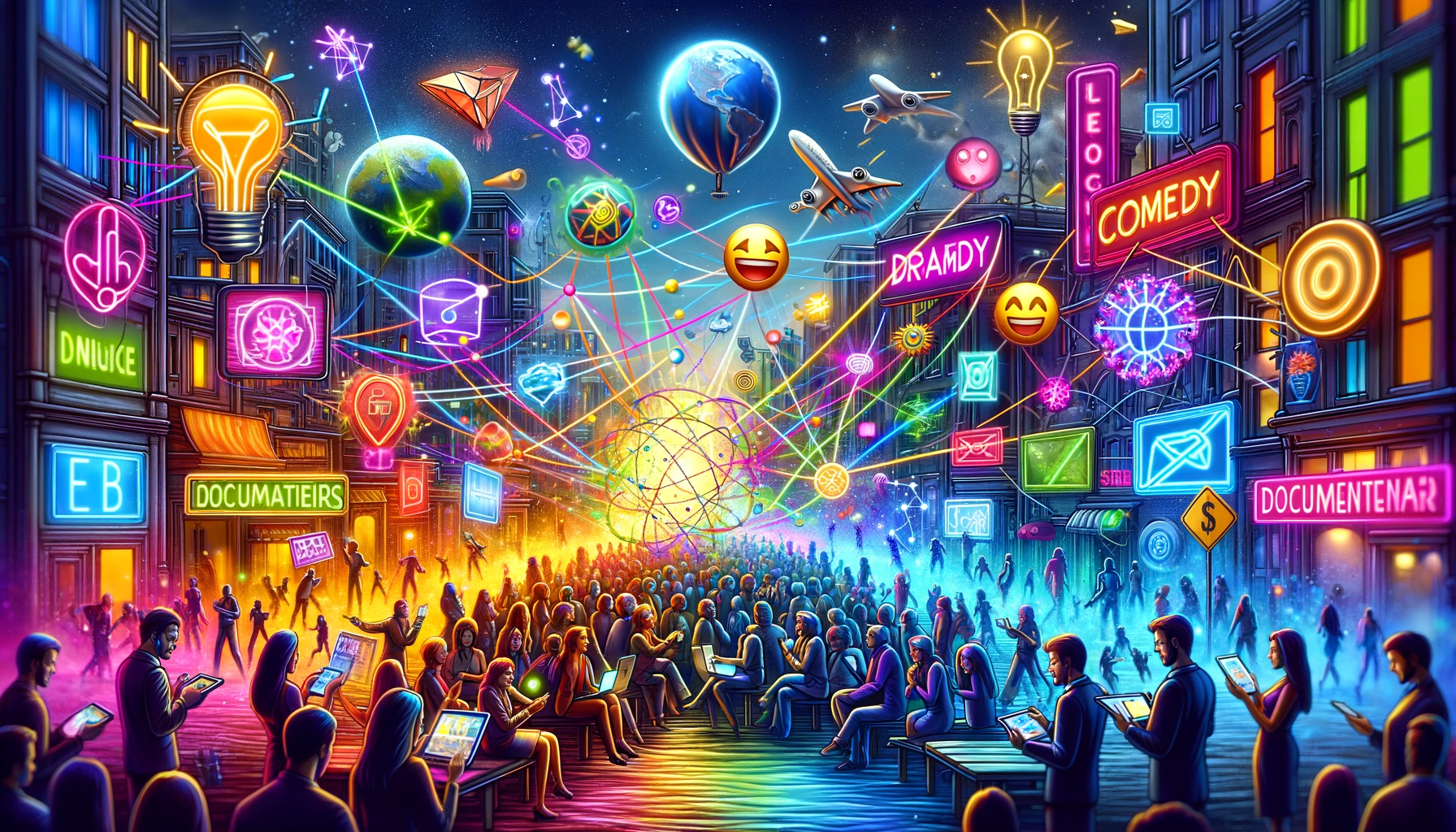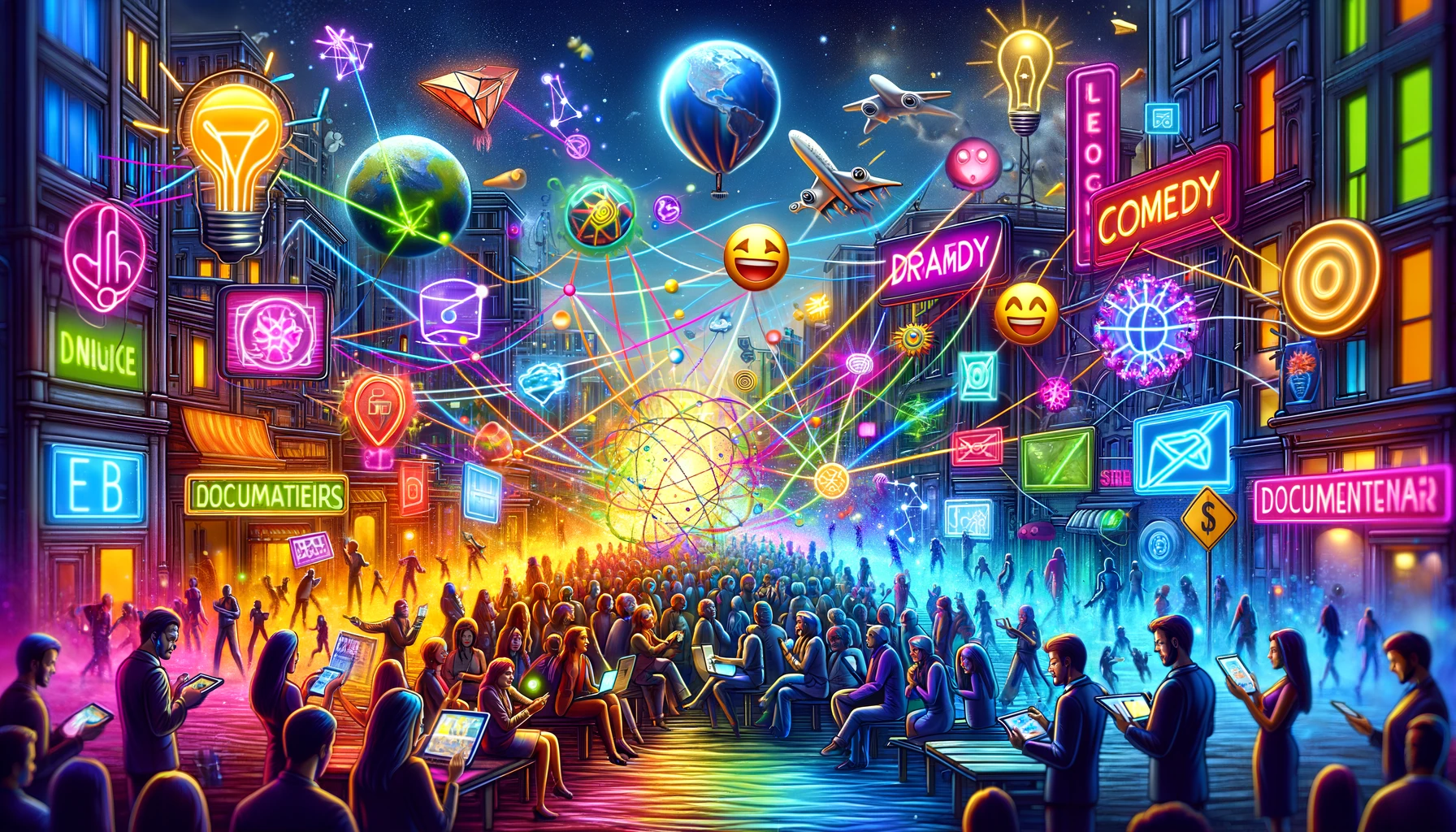Introduction
In today’s competitive entertainment landscape, global rights acquisition is a vital element for both OTT platforms and content creators. The ability to secure and distribute content across international markets is what sets major players like Netflix and Amazon Prime apart. For streaming platforms, it’s about expanding their library and viewership. For content producers, it’s about reaching new audiences and maximizing revenue.
This article will walk you through the complexities of global rights acquisition, exploring how streaming services secure content rights, the challenges involved, and practical steps for both buyers and sellers. We’ll also touch on how Vitrina plays a role in connecting the right partners in this intricate process.
Key Takeaways
| Topic | What You’ll Learn |
| Global Rights Acquisition | Understanding the importance and process of global content rights |
| OTT Content Licensing | How streaming platforms acquire international content rights |
| Challenges & Costs | Key pain points and how to overcome them in global licensing |
| Comparing Global Content Rights | How to evaluate deals and negotiate favorable terms |
| Vitrina’s Role | How Vitrina connects buyers and sellers for global OTT content deals |
Table of content
- Introduction: The Power of Global Rights Acquisition for Streaming Platforms
- Introduction to Global Rights Acquisition for OTT Platforms
- The Process of Acquiring Global Streaming Rights
- The Challenges of Global Rights Acquisition
- Comparing and Investigating Global Content Rights Deals
- Actionable Steps for OTT Buyers and Sellers
- FAQs
- Key Takeaways
Looking to Expand Your OTT Reach?

Introduction to Global Rights Acquisition for OTT Platforms
What is Global Rights Acquisition for OTT Platforms?
Global rights acquisition refers to the process of obtaining licenses that allow OTT platforms to stream content across multiple countries or regions. By securing these rights, platforms can ensure that users from different parts of the world have access to a broad selection of content.
For more details on how exclusive vs. non-exclusive licensing affects global rights, check out this article:Exclusive vs Nonexclusive OTT
Why is Global Rights Acquisition Critical for Streaming Services?
Without global rights, streaming platforms would be limited to specific regions, reducing their market potential and limiting content creators’ opportunities to reach a wider audience. For platforms like Disney+ or HBO Max, global rights ensure their content can reach millions of subscribers around the world.
The Process of Acquiring Global Streaming Rights
How Do Streaming Platforms Buy Global Content Rights?
OTT platforms typically follow a structured process to acquire global content rights. This includes:
- Identifying Content: Platforms assess their needs based on audience demand and market trends.
- Negotiating Deals: Platforms work with agencies or directly with content creators to negotiate rights, focusing on terms like territory, duration, and exclusivity.
- Signing Contracts: Once a deal is reached, legal contracts are signed, locking in the terms of the global distribution rights.
For a more in-depth look at content licensing costs, visit this article on OTT Licensing Costs.
How Do OTT Platforms Acquire International Content?
Many platforms use film markets, content festivals, and agency deals to source international content. This allows them to tap into different genres and styles that appeal to specific regional markets.
Want to know how AI is shaping this process? Read more about AI in OTT Content Acquisition.
Maximize Your Content Value with Global Rights!

The Challenges of Global Rights Acquisition
Why is Acquiring Global Streaming Rights So Expensive?
The cost of acquiring global streaming rights is often prohibitively high due to factors such as:
- Territorial Exclusivity: Platforms want exclusive rights to show content in specific regions, driving up prices.
- Content Demand: Popular content demands a higher price, especially when competing platforms are interested.
- Legal and Regulatory Barriers: Licensing across multiple regions can involve complex legal requirements, adding to the overall cost.
What Are the Biggest Challenges in Securing International Content Licenses?
Here are some common obstacles:
- Legal Restrictions: Countries have different regulations on content, and platforms must navigate these laws to avoid violating any legal frameworks.
- High Costs: Securing content that appeals to a global audience can quickly inflate budgets.
- Territorial Conflicts: Rights may be sold to multiple platforms in overlapping regions, making it difficult to secure exclusive content.
Looking for ways to tackle these challenges? Learn about how Vitrina connects buyers and sellers with global partners to address these challenges in the article: Partnerships in Film Acquisition.
Comparing and Investigating Global Content Rights Deals
What Are the Best Agencies for Global Rights Acquisition?
Partnering with top agencies is essential for navigating global content rights. Agencies like WME and CAA specialize in negotiating deals for global content distribution. These agencies have the industry expertise needed to secure the best possible terms for both buyers and sellers.
How to Compare Content Rights Deals for OTT Platforms?
When comparing deals, platforms should evaluate:
- Exclusivity: Is the content exclusive to your platform in certain regions?
- Duration: How long will you have the rights to stream the content?
- Revenue Sharing: What percentage of revenue will you share with the content creator?
Want to stay ahead of trends? Check out this guide to International Content Trends for OTT in 2024.
Need Help Navigating Content Rights Deals?

Actionable Steps for OTT Buyers and Sellers
How to Buy Digital Distribution Rights for a Streaming Platform
To acquire digital distribution rights, OTT platforms can:
- Research Global Markets: Identify where the target audience for the content is most likely to be located.
- Reach Out to Agencies: Contact agencies or use online marketplaces like Vitrina to source content.
- Negotiate: Finalize terms, making sure to cover all relevant regions and timelines.
How Can Filmmakers Sell Global Streaming Rights?
For filmmakers, here are a few tips:
- Work with Trusted Agencies: They can help negotiate the best deals and get your content in front of the right buyers.
- Position Your Content for Global Appeal: Consider how your film or series will resonate with audiences in different countries.
Use Platforms Like Vitrina: Vitrina connects filmmakers with global buyers actively
Key Takeaways
Global Rights Acquisition is crucial for expanding audience reach and boosting revenue for OTT platforms. It allows content to be distributed to more regions, increasing the potential viewership.
However, challenges such as high costs and legal hurdles make securing global rights a complex but essential part of any content strategy. Platforms need to navigate various licensing issues to ensure smooth global distribution.
For buyers, the best practice is to work with agencies that can help compare deals based on exclusivity, reach, and regional impact. It’s important to weigh the benefits of exclusive rights against the broader reach of non-exclusive deals.
On the other hand, sellers like filmmakers should position their content for international markets by leveraging platforms like Vitrina, which connects them with global buyers and helps optimize their distribution strategy.
Frequently Asked Questions
Global rights acquisition is the process by which OTT platforms secure licenses to distribute content internationally.
Costs are driven by factors like territorial exclusivity, content demand, and varying legal regulations.
Filmmakers can use platforms like Vitrina to connect with international buyers and negotiate favorable deals.
Common challenges include high licensing costs, legal restrictions, and territorial overlaps.
Vitrina connects content buyers and sellers, offering tools for negotiating deals and evaluating international content rights.



